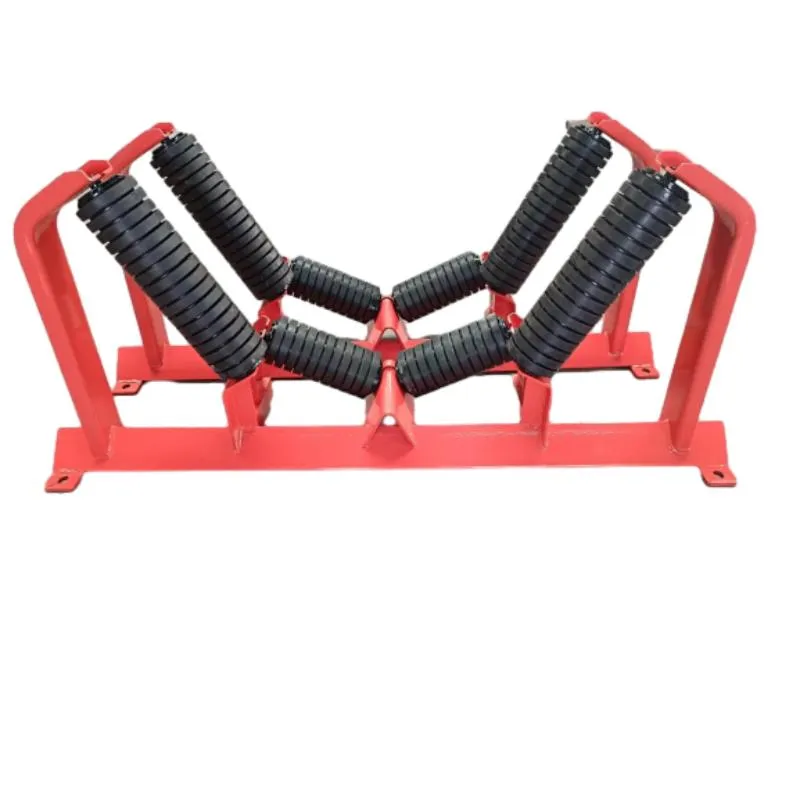 Afrikaans
Afrikaans  Albanian
Albanian  Amharic
Amharic  Arabic
Arabic  Armenian
Armenian  Azerbaijani
Azerbaijani  Basque
Basque  Belarusian
Belarusian  Bengali
Bengali  Bosnian
Bosnian  Bulgarian
Bulgarian  Catalan
Catalan  Cebuano
Cebuano  Corsican
Corsican  Croatian
Croatian  Czech
Czech  Danish
Danish  Dutch
Dutch  English
English  Esperanto
Esperanto  Estonian
Estonian  Finnish
Finnish  French
French  Frisian
Frisian  Galician
Galician  Georgian
Georgian  German
German  Greek
Greek  Gujarati
Gujarati  Haitian Creole
Haitian Creole  hausa
hausa  hawaiian
hawaiian  Hebrew
Hebrew  Hindi
Hindi  Miao
Miao  Hungarian
Hungarian  Icelandic
Icelandic  igbo
igbo  Indonesian
Indonesian  irish
irish  Italian
Italian  Japanese
Japanese  Javanese
Javanese  Kannada
Kannada  kazakh
kazakh  Khmer
Khmer  Rwandese
Rwandese  Korean
Korean  Kurdish
Kurdish  Kyrgyz
Kyrgyz  Lao
Lao  Latin
Latin  Latvian
Latvian  Lithuanian
Lithuanian  Luxembourgish
Luxembourgish  Macedonian
Macedonian  Malgashi
Malgashi  Malay
Malay  Malayalam
Malayalam  Maltese
Maltese  Maori
Maori  Marathi
Marathi  Mongolian
Mongolian  Myanmar
Myanmar  Nepali
Nepali  Norwegian
Norwegian  Norwegian
Norwegian  Occitan
Occitan  Pashto
Pashto  Persian
Persian  Polish
Polish  Portuguese
Portuguese  Punjabi
Punjabi  Romanian
Romanian  Russian
Russian  Samoan
Samoan  Scottish Gaelic
Scottish Gaelic  Serbian
Serbian  Sesotho
Sesotho  Shona
Shona  Sindhi
Sindhi  Sinhala
Sinhala  Slovak
Slovak  Slovenian
Slovenian  Somali
Somali  Spanish
Spanish  Sundanese
Sundanese  Swahili
Swahili  Swedish
Swedish  Tagalog
Tagalog  Tajik
Tajik  Tamil
Tamil  Tatar
Tatar  Telugu
Telugu  Thai
Thai  Turkish
Turkish  Turkmen
Turkmen  Ukrainian
Ukrainian  Urdu
Urdu  Uighur
Uighur  Uzbek
Uzbek  Vietnamese
Vietnamese  Welsh
Welsh  Bantu
Bantu  Yiddish
Yiddish  Yoruba
Yoruba  Zulu
Zulu Understanding the Importance of Conveyor Belt Rollers in Industrial Applications
Understanding Industrial Conveyor Belt Rollers A Key Component for Efficiency
In the world of manufacturing and logistics, efficiency is paramount. One of the crucial components that contribute to this efficiency is the conveyor belt system, particularly its rollers. Industrial conveyor belt rollers are fundamental to the smooth operation of conveyor systems, which are widely used for transporting goods across various industries. In this article, we will explore the significance of conveyor belt rollers, their types, and the role they play in enhancing productivity.
The Importance of Conveyor Belt Rollers
Conveyor belt rollers are cylindrical components that support and facilitate the movement of conveyor belts. Their primary function is to provide a surface for the belt to run on, minimizing friction and wear. By supporting the weight of the materials being transported, these rollers reduce the strain on other components of the system, contributing to a longer lifespan for the conveyor belt itself. The efficiency of a conveyor system largely depends on the quality and design of its rollers.
In many industries, including mining, manufacturing, and distribution, conveyor systems equipped with high-quality rollers ensure that goods are moved swiftly and safely. Any failure in the rollers can lead to downtime, affecting production schedules and potentially causing financial losses. Therefore, understanding the types and functions of these rollers is crucial for maintaining operational efficiency.
Types of Conveyor Belt Rollers
There are several types of conveyor belt rollers, each designed for specific applications
1. Idler Rollers These are the most common type of rollers found in conveyor systems. Idler rollers support the conveyor belt and help maintain its alignment. They come in various designs, such as flat, trough, and return idler rollers, each suited for different materials and applications.
2. Drive Rollers These rollers are powered and are responsible for moving the conveyor belt. They are typically equipped with a motor that drives the belt forward. The design and material of drive rollers are critical, as they must withstand higher levels of wear and stress.
industrial conveyor belt rollers

3. Return Rollers Positioned along the return side of the conveyor belt, these rollers ensure that the belt returns to its starting point smoothly. They play a vital role in maintaining tension and preventing sagging.
4. Impact Rollers Used in applications where materials are loaded onto the conveyor belt, impact rollers are designed to absorb the shock and prevent damage to the belt. They have a more robust construction to handle heavy loads.
5. Specialized Rollers Depending on the application, some industries may require specialized rollers that cater to specific needs, such as heat resistance, corrosion resistance, or custom sizes and shapes.
Maintenance and Longevity
The longevity of conveyor belt rollers is greatly influenced by regular maintenance. Operators should perform routine inspections to check for signs of wear, misalignment, or damage. Keeping rollers clean and free from debris can also prevent unnecessary strain on the conveyor system. Regular lubrication of moving parts is essential to reduce friction and extend the lifespan of both the rollers and the conveyor belt.
Additionally, investing in high-quality rollers made from durable materials can significantly enhance the efficiency and reliability of conveyor systems. As industries continue to evolve and demand higher productivity, the role of conveyor belt rollers remains critical in ensuring smooth and reliable operations.
Conclusion
In conclusion, industrial conveyor belt rollers are integral components that significantly impact the efficiency and reliability of conveyor systems across various industries. Understanding their types and functions, along with the importance of regular maintenance, can help businesses optimize their operations. By focusing on the quality of rollers and investing in their upkeep, companies can ensure that their conveyor systems operate at peak performance, facilitating a smoother flow of goods and contributing to overall productivity. As industries grow and technology advances, the importance of these seemingly simple components will continue to be paramount in driving efficiency in logistics and manufacturing.
-
Revolutionizing Conveyor Reliability with Advanced Rubber Lagging PulleysNewsJul.22,2025
-
Powering Precision and Durability with Expert Manufacturers of Conveyor ComponentsNewsJul.22,2025
-
Optimizing Conveyor Systems with Advanced Conveyor AccessoriesNewsJul.22,2025
-
Maximize Conveyor Efficiency with Quality Conveyor Idler PulleysNewsJul.22,2025
-
Future-Proof Your Conveyor System with High-Performance Polyurethane RollerNewsJul.22,2025
-
Driving Efficiency Forward with Quality Idlers and RollersNewsJul.22,2025





























